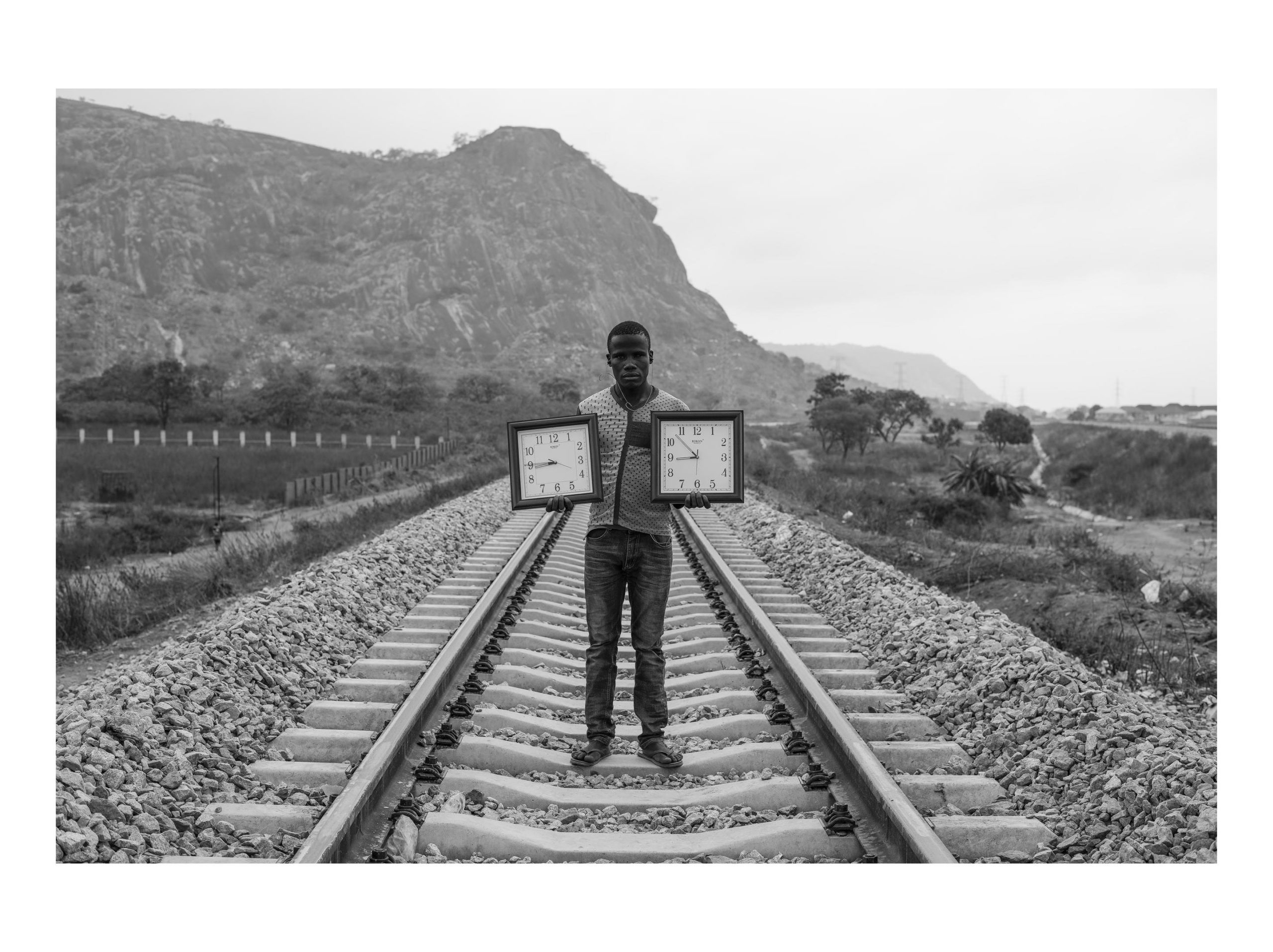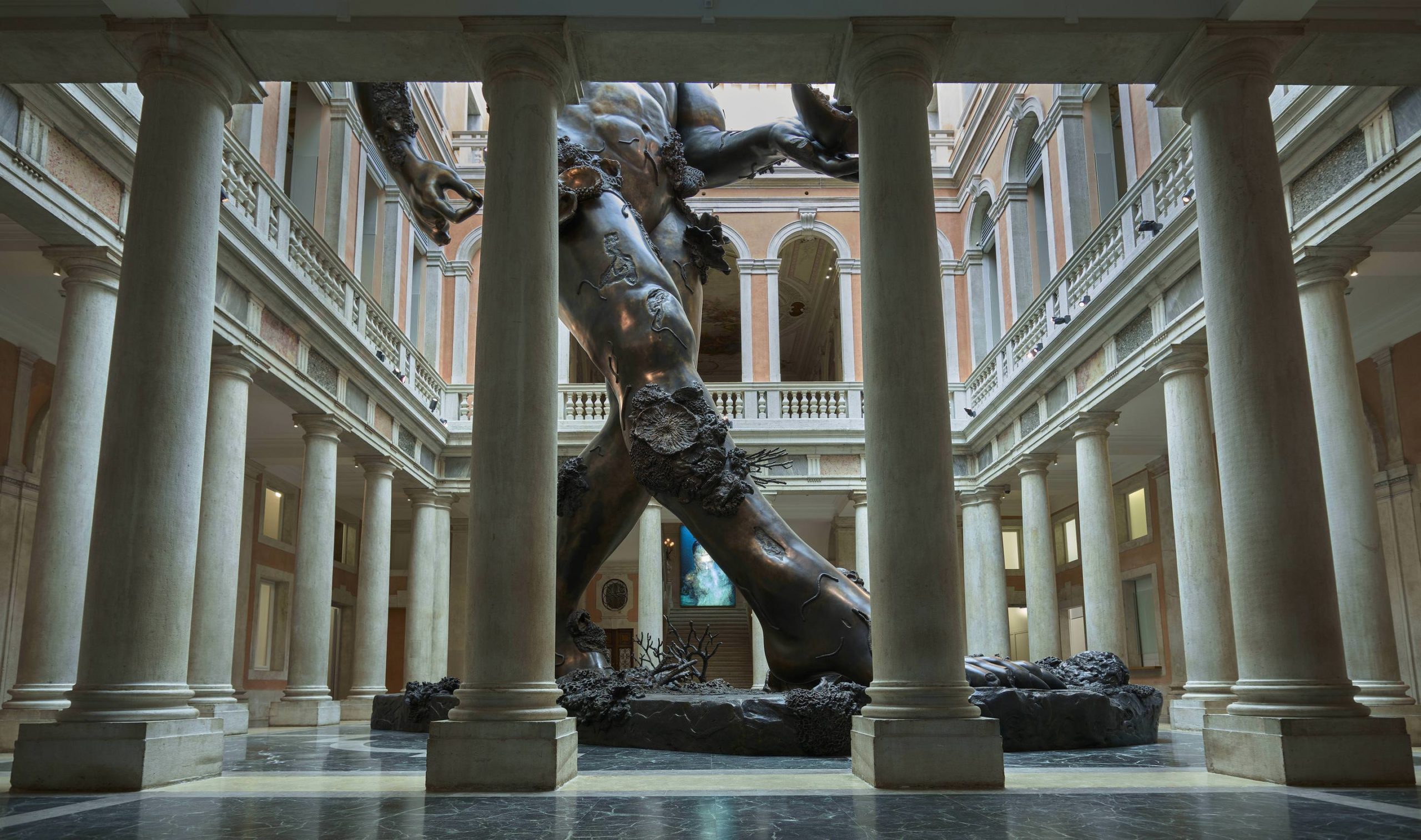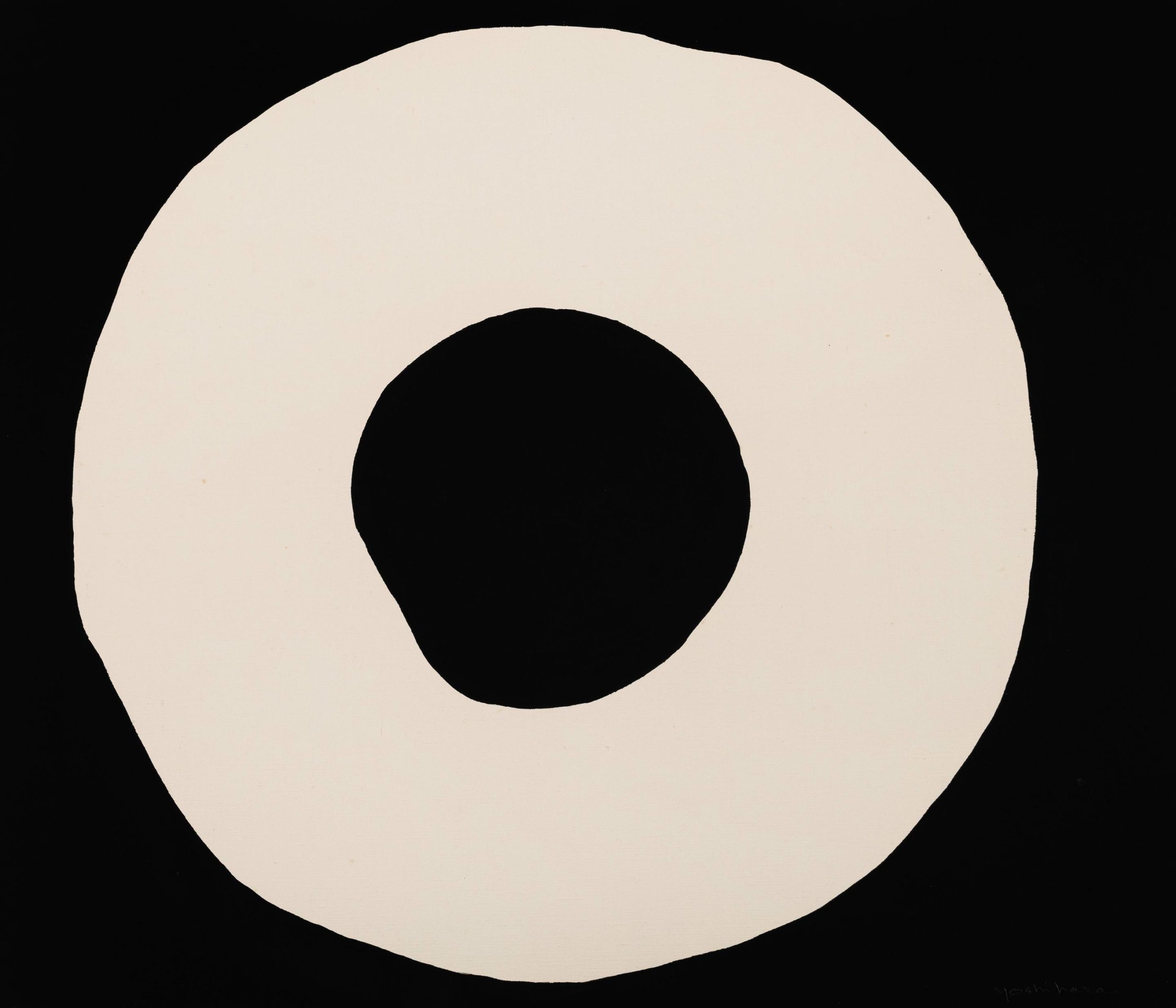In 2001, Emeka Okereke arrived in Lagos from the Eastern part of Nigeria. With a military dictatorship now in the past, photography was newly embraced as a form of creative freedom and activism that he immediately gravitated toward. In his practice of photography and image-making, moving and travel became inevitable. That experience and his recognition of the colonial-drawn country borders of Africa ultimately led to the founding of the Invisible Borders Trans-African Project. The artist-led project aims to change the way that boundaries are viewed across Africa. Their first project dispatched a team of traveling artists to engage on a local level via events, workshops, festivals, and shows.
This year marks the tenth anniversary of the project. Another Trans-African Road Trip is planned, along with a series of children’s books and exhibitions in Nigeria, Germany, and Rwanda. Whitewall spoke with Okereke about the impact of dispelling distances.
WHITEWALL: You attribute the beginning of your work in photography to meeting and working with photographer and educator Uche James Iroha when you first arrived in Lagos. Tell us about that first spark for you, your introduction to photography, and then using a camera yourself.
EMEKA OKEREKE: It was precisely in 2001. I arrived in Lagos from the Eastern part of Nigeria and immediately started working with the photographer you mentioned. It was a very interesting time for contemporary photography. Only two years earlier, the country broke free from the grip of military dictatorship. So there were all these new possibilities to express, to travel, to relate beyond one’s own immediate borders.
I became a part of an ecosystem of photographers who were very much invested in the idea of photography as a tool for social commentary but also of societal awareness and transformation. This was the first realization that the photographer could be relevant in highly politically charged space. And this very quality—or purpose, if you may—of photography continues to sustain my dedication.
WW: How did the theme of borders become such a point of focus for your personal practice?
EO: Movement is everything. That I encountered a life vocation, which meant that I would constantly move my body and consciousness through space and time, heightened my volition to better understand mechanisms and politics of movement. Thus, I am constantly returning to a persistent refrain of my life: I am a being in motion constantly bumping into deliberately, often artificially, constructed borders. I am a border being, so to speak.
WW: How did that lead to your founding of the Invisible Borders Trans-African Project?
EO: Much of how the African reality is organized and, by extension, portrayed can be traced back to the artificially imposed cartography that was the result of colonialism. However, with regard to how this is reproduced in contemporary times, the media—photography, writing, video—plays a central role. The Invisible Borders project became my attempt to offer a proactive push back, or an alternative to this loop of reproducing coloniality. It is a way of offering an alternative gaze to how Africa is seen, beginning from the point of view of Africans themselves.
WW: How would you describe the artist-led initiative’s mission?
EO: We work with, and nurture, artists who are conscious of how imagery plays a role in the prevalent narrative of the continent. If we break that stereotype, we break the borders—because these are borders of perceptions, which create fictitious distances between peoples and places in the continent. If we can affect the gaze (how we see each other), we demystify those distances. This is the intention at the core of our mission.
WW: Your first project was the Trans-African Road Trip. Can you share a few notable interactions and memories from that road trip?
EO: Some of the most vivid memories from the first edition of the Trans-African Road Trip would be the feeling of crossing the first border, which is that of Nigeria with the Republic of Benin. We felt free; we felt empowered by the courage to transcend and discover our “impossible selves.” There were also obstacles. The more we travel, the more we discover the depth, complexity, and beauty of the African continent and its people. It makes us want to perpetually be “on the road,” not just as a project, but as a way of being in the world.
WW: What power do you see art and artists having in breaking down borders and barriers between people and places?
EO: Art can encourage critical thinking and in-depth reflection. Art can ask questions that don’t necessarily provide clear-cut answers but, rather, serve to clarify. But most important, art and imagery can affect the gaze—how we see each other and the world around us.










